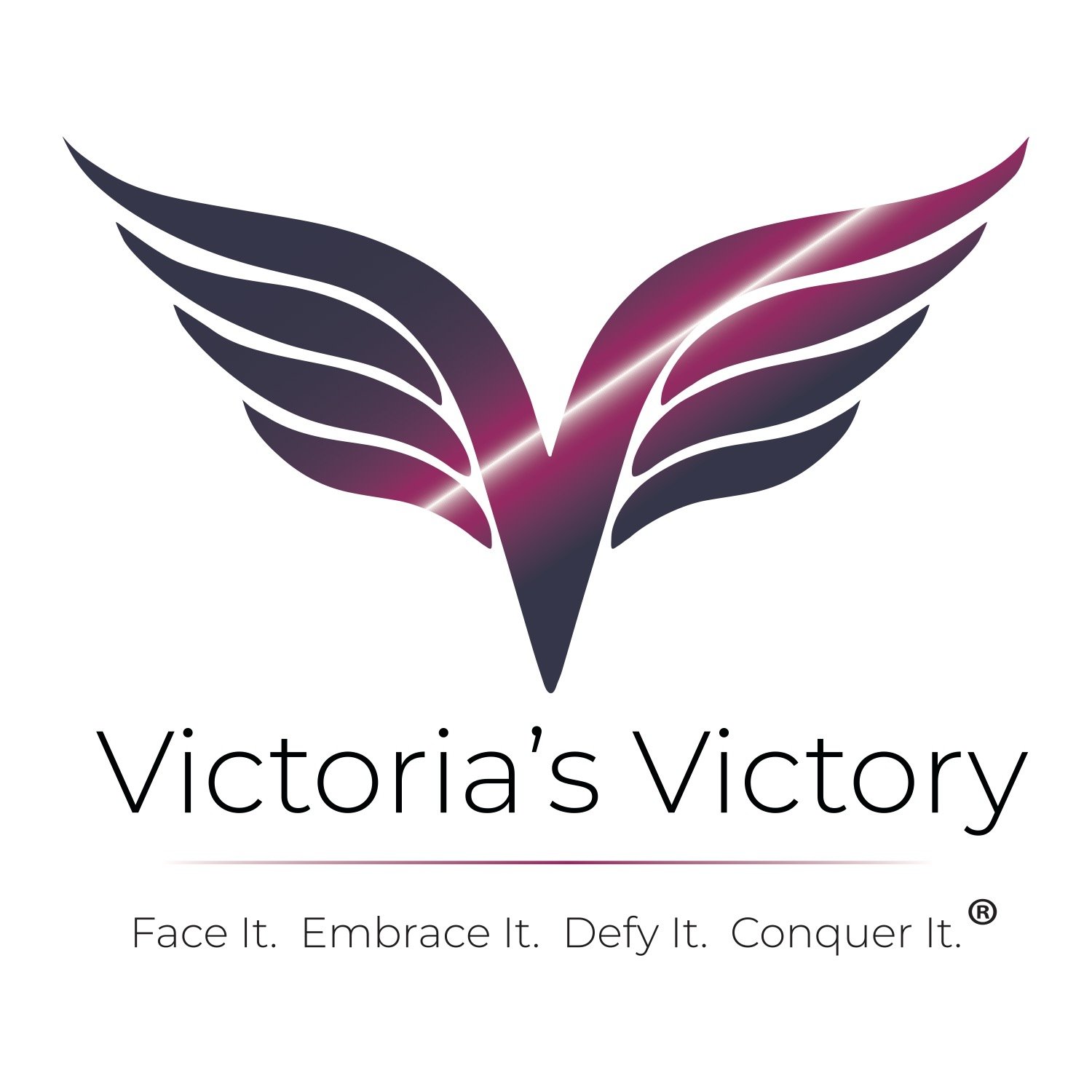
Reentering the Workforce with a Mobility Disability
Written by Michelle Maslanka, VVF Resource Navigator, October 15, 2025
That’s what most of us tell ourselves for various reasons, but it is simply not true. I have a C5-6 incomplete spinal cord injury and I have been employed part-time for two years and counting and I've found immense value in it. Working provides routine, creates purpose, and significantly increases our sense of self-worth. It's a powerful confidence booster, especially when we're already grappling with acceptance, inclusion, and motivation after a life-altering injury or diagnosis.
Deciding whether you're ready to join the workforce involves a lot of consideration. A crucial first step is to assess your physical and mental health:
What does your daily routine look like?
Are you actively performing or directing household tasks, participating in physical therapy or recreational activities, and engaging with your community?
Do you find yourself tiring easily and requiring significant bed rest due to fatigue, pain, or other physical issues?
Are you easily frustrated with other people, tedious processes, and your own functionality?
It's also important to consider your comfort level in discussing your disability, asking for assistance, and explaining your needs to people outside of your immediate support circle. For me, as I gained more physical strength and became more adept at communicating my needs, as they pertained to my disability, I felt increasingly ready to return to work.
I started by working with my state’s Vocational Rehabilitation program (available in every state). I explored self-employment, received funding for driver training and vehicle modifications, obtained assistive technology to allow me to work more efficiently, and even got a small stipend for work attire. My VR counselor connected me with a professional to help revamp my resume, highlighting skills I had gained as a direct result of having a disability that I would not have thought to mention myself. Armed with an arsenal of new tools it was time to pursue employment opportunities.
Then it dawned on me… I received SSDI monthly cash benefits. I also utilized Medicaid, which helped me remain living in my community, receive long-term supports such as caregiving, transportation, and prescription cost assistance. How would earning an income affect these benefits vital to my survival? I shared my concerns with my Vocational Rehabilitation counselor. She set me up with a benefits counselor who helped me understand the financial thresholds of these government programs as well as explained Social Security’s Ticket to Work program and Medicaid buy-in options available to me.
Working with a disability is all about understanding that there is a system in place to help you get to work, and maintain a job without fear of losing your benefits. There are many resources out there that help people with disabilities find and keep employment. I have listed those I found most helpful in my journey to fulfilling and sustainable employment.
My part-time position as Resource Navigator with Victoria’s Victory Foundation has provided me with a profound sense of purpose and fulfillment. In this role, I have the privilege of supporting our Victory Scholarship recipients through their challenges and offering valuable resources and insights drawn from over 11 years of lived experience. It is incredibly rewarding to share my knowledge with the disability community and to witness individuals achieve their own personal victories.
I strongly encourage anyone with a disability to pursue their employment goals, step out of their comfort zone, and discover their passions. The rewards you will gain extend far beyond financial compensation.
I thought to myself “I have a disability, I can’t work.”
Michelle’s Employment Guide
SPINALpedia provides services to help persons with significant disabilities all across the country pursue employment and understand all available options to simultaneously maintain vital healthcare benefits such as Medicaid and caregiving. SPINALpedia is there to answer your disability employment questions and help you successfully navigate your disability employment journey.
United Spinal Pathways to Employment supports wheelchair users in pursuing job opportunities, provides information about benefits, transitioning to employment, guidance on removing barriers to employment, and access to mentors who have successfully returned to work after injury or diagnosis.
Allsup Employment Services Social Security Disability Insurance (SSDI) includes Ticket to Work, a program that supports going back to work. You’re able to keep your SSDI benefits protected and be employed at the same time. The experts at Allsup Employment Services® can get you started.
Vocational Rehabilitation Programs by State
New Mobility Magazine offers insightful informational and educational articles on programs and services available to support you in the work place and highlights the many different jobs and careers that wheelchair users hold in the community. Some might surprise you!


